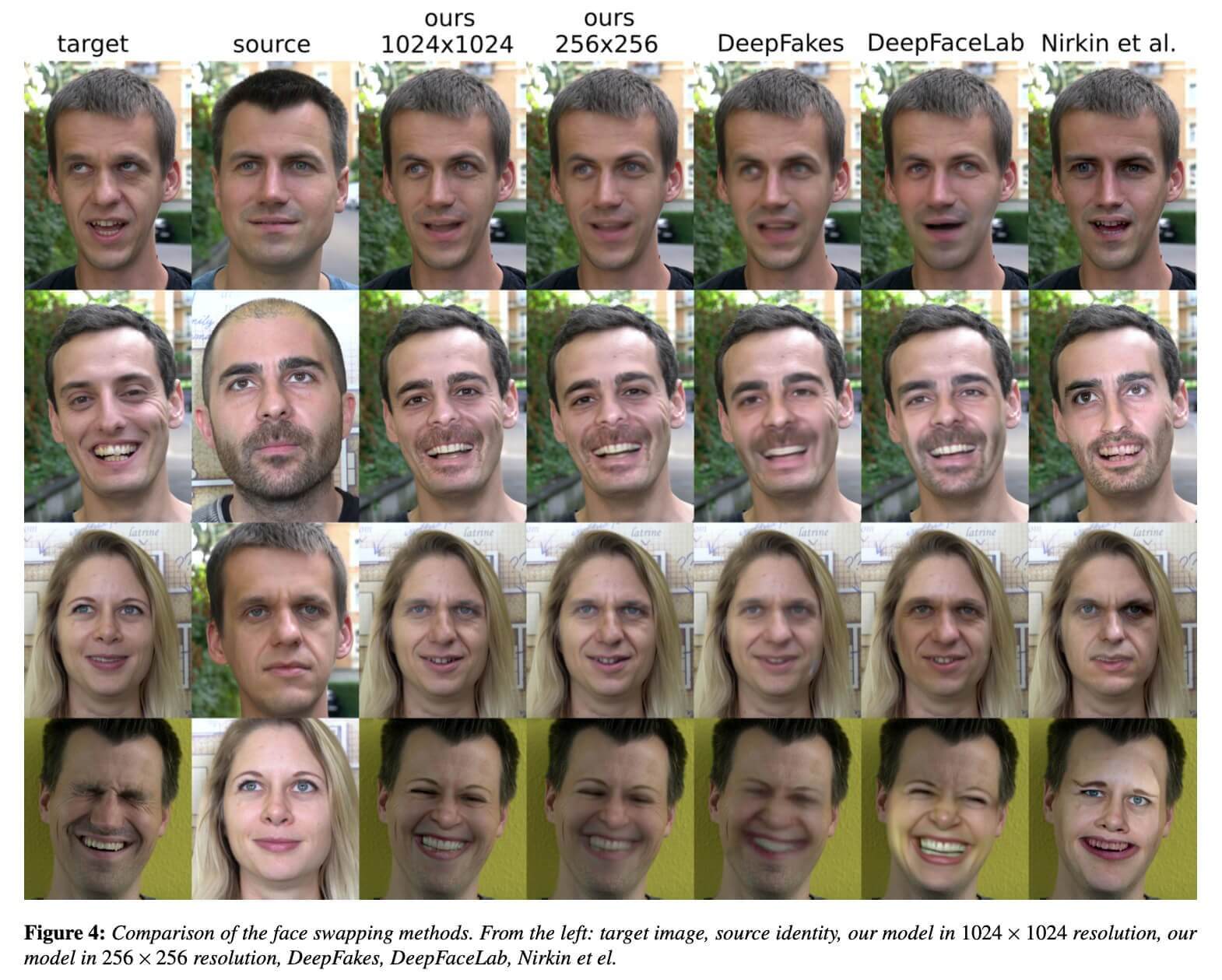A hot potato: Deepfakes are when one person's face is superimposed on the face and body of an other, using deep learning algorithms. There are already a few convincing techniques in use, mainly for making fake porn videos and satire. However, one company is taking it up a notch---Disney.
It appears that Disney is doing deepfakes now. Researchers for the Mouse have published a paper titled "High-Resolution Neural Face Swapping for Visual Effects," showing new technology it has developed to swap actors' faces on video. The effects are astonishingly realistic, albeit a bit unnerving. Disney Research Studios' machine learning algorithms use stabilization techniques and lighting tricks that make swapped faces appear seamless.
What's more, is the researchers are concentrating on working in higher resolutions than deepfakes we have seen in the past. Disney claims that other techniques, such as those from DeepFakes and DeepFakeLabs, produce images of 256x256 pixels. Its algorithms are capable of 1024x1024 with fewer aberrations and better lighting. Larger resolutions also translate to more effective use in films.

Although Disney's R&D team did not mention specific use cases that it had in mind, it did allude to the fact that better face-swapping being something Hollywood has been interested in developing for years.
"In the film and TV industry, a variety of approaches for face swapping have been explored over the years, and the ones in use today are typically elaborate and labor-intensive computer-graphics methods. They require great care on set as well as extensive frame-by-frame animation and post-processing by digital-effects professionals. The methods have only very recently matured to the point that filmmakers have become more willing to brave the "uncanny valley" and show detailed views of virtual actors. Examples include Paul Walker in Furious 7 and Peter Cushing and Carrie Fisher in Rogue One."
The technology is not without its pitfalls, however. With a presidential election coming up, Facebook banned deepfakes on its platform. Twitter is also looking into policy changes to combat fakes.
There is plenty of room for the legitimate use of face-swapping technology, and Disney is sure to be one utilizing it in this fashion. However, there is also a valid concern of misuse of the techniques, whether developed by Disney or others. Perhaps the company could also work on countermeasures to identify fakes were its research to be used maliciously.